It's crucial to know that students with autism and ADHD need special study strategies. Autism…
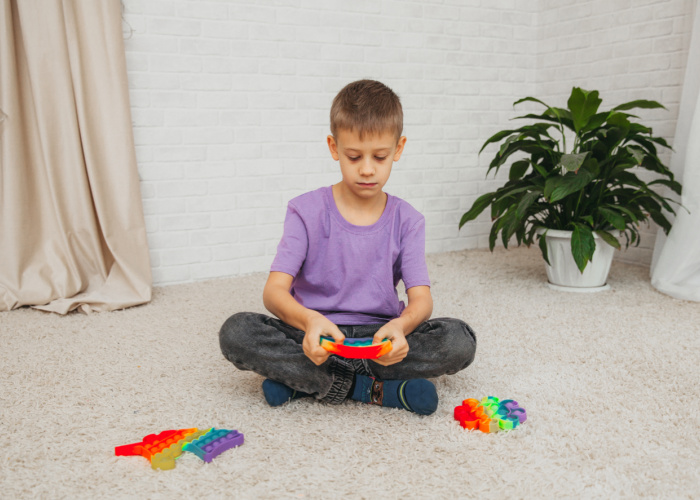
Best Sensory Toys for Autism: Fun Toys Which Develop Skills
Integrating enjoyment while enhancing various skills, sensory toys for autism have rapidly gained recognition as an effective way to cater to the diverse needs of children on the spectrum.
As the autism spectrum encompasses a wide range of abilities and challenges, these autism toys are uniquely designed to address individual requirements.
From well-known fidget toys to stimulating sensory play items, the best sensory toys not only bring fun and excitement but also play a critical role in enriching the developmental journey of autistic children.
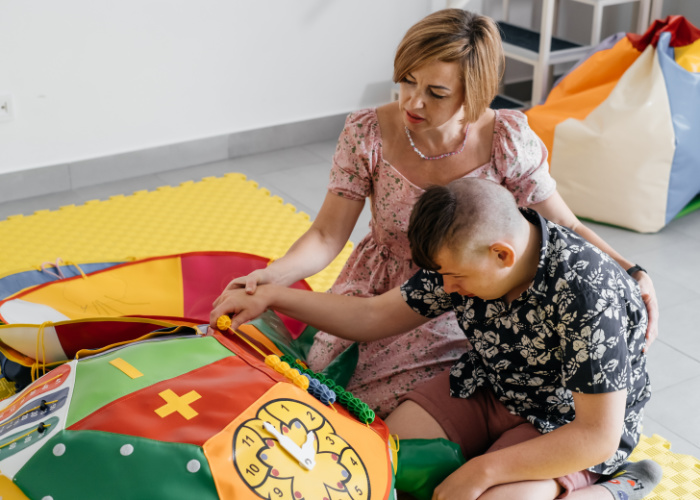
Understanding the Importance of Sensory Toys in Autism
Sensory autism toys play a crucial role in the lives of autistic children, addressing their unique special needs and providing valuable coping strategies.
This section will delve into the reasons why these toys are essential, exploring their ability to manage sensory overload and promote learning, as well as their role in the development of fine motor skills and balance.
What Makes Sensory Toys Crucial for Autistic Children?
Autistic children often face challenges related to sensory processing and sensory experiences.
Sensory toys are specifically designed to cater to these special needs, providing a stimulating and engaging way for children to explore various textures, sights, and sounds.
Sensory autism toys offer these children vital opportunities to:
- Develop skills such as focus, concentration, and relaxation
- Explore different textures and sensory experiences to expand sensory awareness and adapt to various environments
- Cope with sensory overload by providing calming and soothing effects
These autism toys engage multiple senses simultaneously, promoting overall sensory integration and helping children to better understand the world around them.
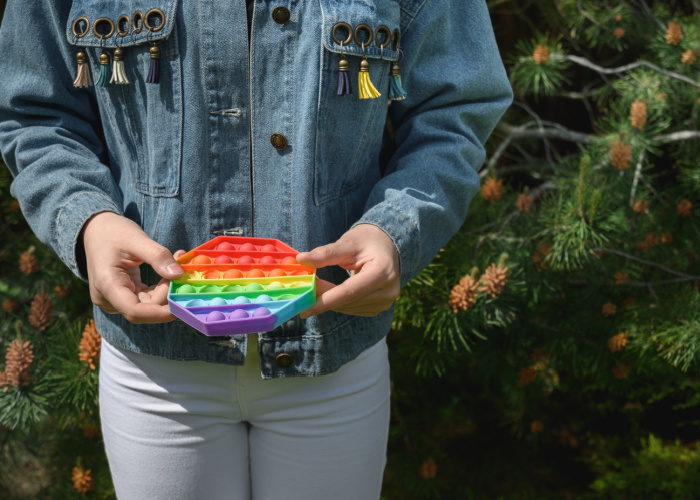
How Sensory Toys Address Sensory Overload
Children with autism often experience sensory overload, which can cause them to become overwhelmed and agitated.
Sensory toys provide essential coping mechanisms by promoting calming, focus, and concentration through curated stimulation. By engaging the senses in a controlled manner, these toys can:
- Alleviate anxiety and stress
- Improve emotional regulation
- Increase the child’s overall tolerance for sensory input
Sensory rooms, specially designed environments that provide a controlled space for sensory experiences, are another effective tool for managing sensory overload.
Equipped with a range of autism toys, these rooms provide a safe and nurturing space for children to explore and interact with their surroundings at their own pace.
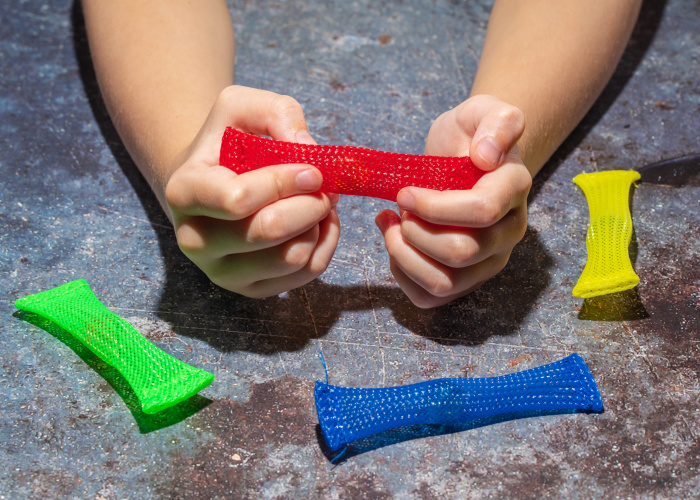
Role of Sensory Toys in Developing Fine Motor Skills and Balance
Many sensory toys are specifically designed to target the development of fine motor skills, balance, and hand-eye coordination in autistic children.
Sensory balls, chew toys, and other autism toys challenge children to manipulate objects and coordinate their movements, leading to improvements in these essential skills.
By incorporating these toys into daily play and therapy sessions, children can:
- Build strength and dexterity in their hands and fingers
- Improve hand-eye coordination and spatial awareness
- Develop better balance and posture
As these fine motor skills and balance abilities improve, autistic children can experience increased independence and a greater ability to participate in a variety of activities, further enriching their lives.
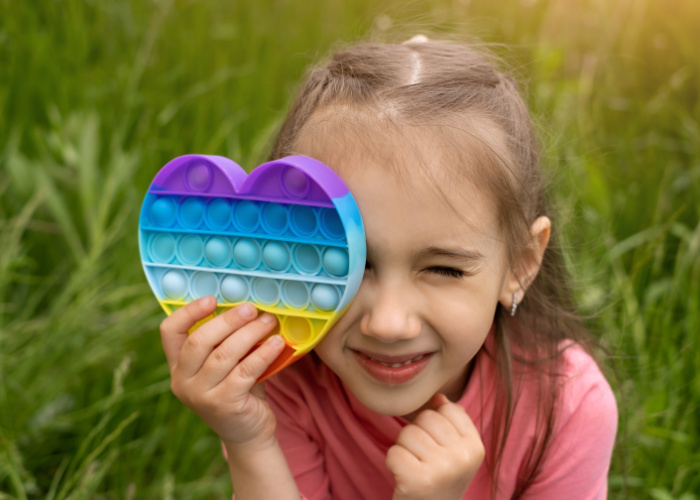
The Best Sensory Toys for Enhancing Autistic Skills
In this section, we present a carefully handpicked collection of the best sensory toys suitable for children with autism across various age groups.
Our top picks cover a huge range of options, designed to provide different textures and visual experiences, catering to the diverse needs of children on the spectrum.
The primary purpose of these sensory autism toys is to enhance skills in a fun and engaging manner, making them excellent additions to both therapeutic and home settings.
Weighted Blankets and Lap Pads:
These sensory tools provide deep touch pressure, which offers a calming and soothing effect for autistic children.
Weighted blankets and lap pads are versatile and suitable for all ages, as they come in various sizes and weights.
Fidget Toys:
Fidget toys are popular for promoting focus and concentration, while also easing anxiety.
This includes various types of fidget spinners, stress balls, and handheld sensory toys that cater to different tactile preferences.
Chewable Jewelry:
Many children with autism have oral sensory needs, and chewable jewelry provides a safe and stylish way to satisfy these needs.
Made from durable materials, these necklaces and bracelets come in numerous designs to suit individual preferences.
Visual Stimulation Toys:
Liquid motion timers, spinning tops, and lava lamps are perfect for engaging the visual senses and providing soothing, mesmerizing effects that promote relaxation and focus.
Sensory Swings:
Sensory swings provide both vestibular and proprioceptive input, making them beneficial for developing balance and spatial awareness.
Sensory Play Mats and Busy Boards:
These items encourage fine motor skills, hand-eye coordination, and cognitive development by providing various textures, shapes, and activities for children to explore and manipulate.
Suitable for all ages, sensory play mats and busy boards can be customized to suit individual preferences and developmental levels.
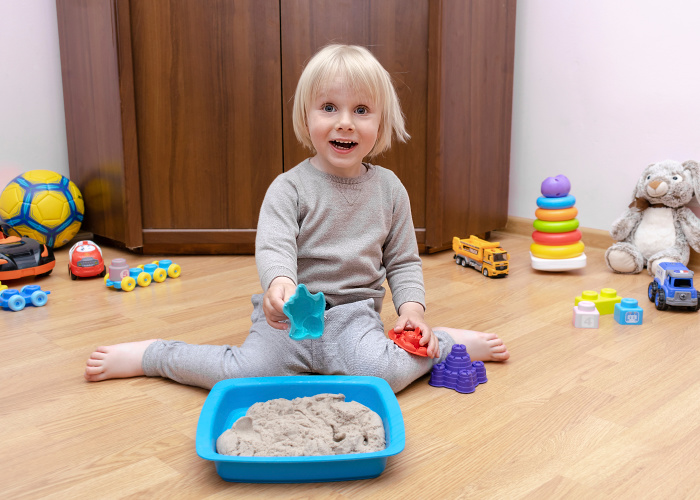
Conclusion
These innovative toys don’t just offer entertainment – they hold immense potential in terms of fostering vital skills and promoting inclusivity, making a world of difference for children on the autism spectrum and their families.
In the end, incorporating sensory toys into their daily routines can lead to a more fulfilling and enjoyable life experience for everyone involved.

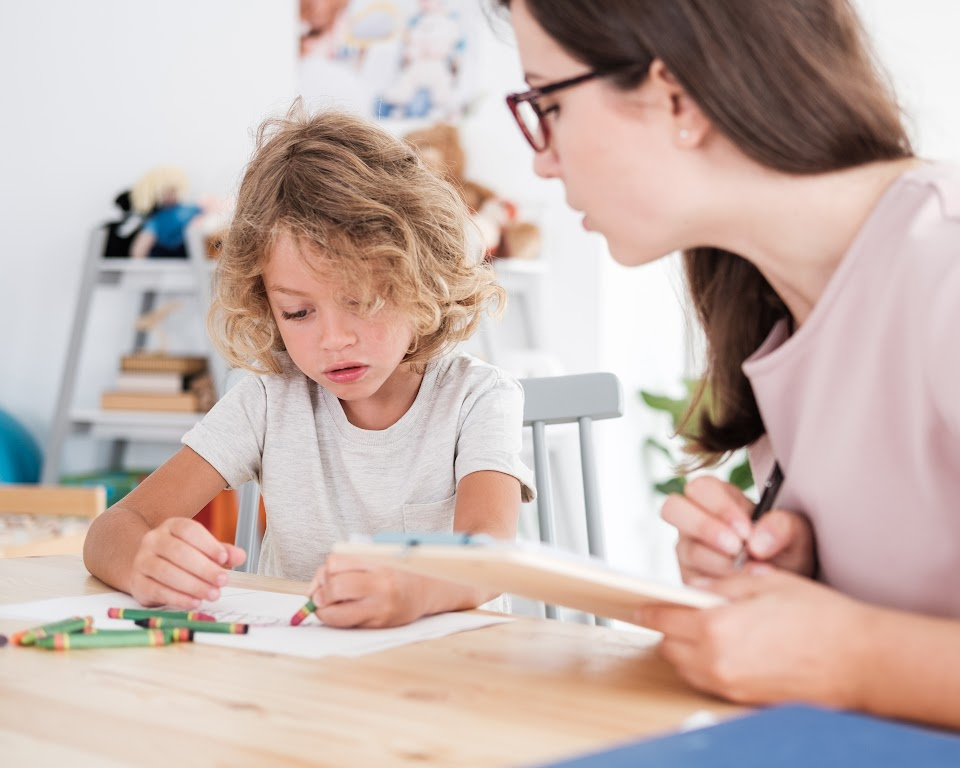

This Post Has 0 Comments